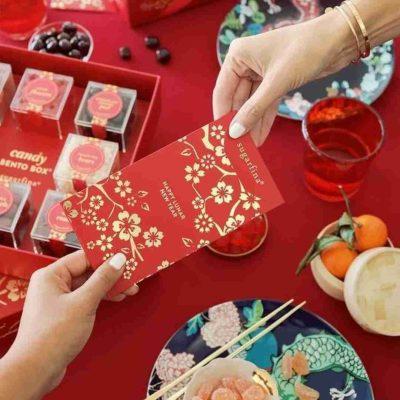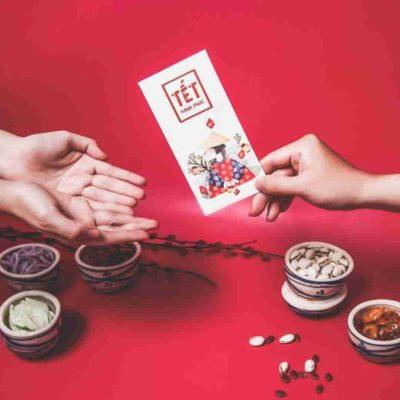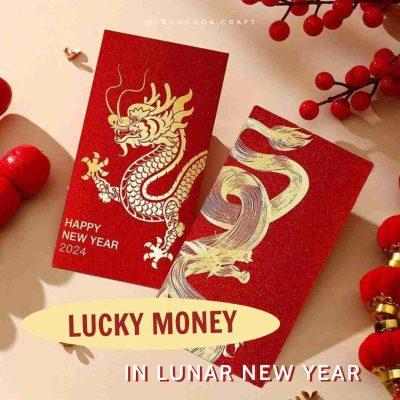Exploring the Significance of Lucky Money Tradition in Lunar New Year
As the Lunar New Year approaches, Vietnam becomes a vibrant tapestry of traditions, customs, and celebrations. Among the most cherished practices is the giving and receiving of “Lì Xì” (lucky money) during Tet Nguyen Dan, or Tet, the Lunar New Year. This time-honored tradition holds deep cultural significance, reflecting values of generosity, respect, and familial ties. In this blog post, we delve into the roots and customs surrounding the Lì Xì tradition in Vietnam.
Origins of Lì Xì Tradition:
The tradition of giving Lì Xì dates back centuries, rooted in both folklore and cultural beliefs. And there are also many stories explaining the birth of this lucky envelope. Every New Year’s Eve, families wrap coins in red paper and give them to their children and grandchildren to pray for peace. From then on, the custom of giving lucky money on Tet was born. To show appreciation and seek blessings, elders would give children lucky money in red envelopes, symbolizing good fortune and prosperity.
Symbolism of Red Envelopes:

Red holds profound significance in Vietnamese culture, symbolizing luck, happiness, and prosperity. Red envelopes, or “bao lì xì,” are meticulously crafted, often adorned with golden characters symbolizing wealth and good luck. The act of receiving a red envelope is not merely about monetary value but carries deeper cultural meaning, fostering bonds of love, respect, and goodwill.
Social and Familial Dynamics:
Lì Xì transcends mere monetary transactions; it reinforces social hierarchies and familial bonds. Elders bestow Lì Xì upon younger generations as a gesture of blessing, guidance, and support. Conversely, receiving Lì Xì entails expressing gratitude and reverence, reinforcing the values of filial piety and respect for elders deeply ingrained in Vietnamese society.
Modern Adaptations:

While rooted in tradition, the practice of Lì Xì has evolved over time, adapting to modern contexts. Today, Lì Xì is not solely exchanged between elders and children but also among peers, colleagues, and acquaintances as a token of goodwill and camaraderie. Additionally, digital red envelopes have become increasingly popular, reflecting the intersection of tradition and technology in contemporary Vietnamese culture.
Preserving Cultural Heritage:
In an era of rapid globalization, the preservation of cultural traditions like Lì Xì becomes paramount. Amidst the influx of Western customs and practices, Tet remains a cornerstone of Vietnamese identity, fostering a sense of cultural continuity and pride. By upholding traditions such as Lì Xì, Vietnamese communities worldwide celebrate their heritage and pass down cherished customs to future generations.
Conclusion:
The tradition of Lì Xì embodies the essence of Vietnamese culture, encapsulating values of generosity, respect, and familial unity. As families gather to celebrate Tet Nguyen Dan, the exchange of red envelopes serves as a poignant reminder of the enduring significance of tradition in an ever-changing world. Through the practice of Lì Xì, Vietnamese communities honor their past, celebrate their present, and pave the way for a prosperous future filled with blessings and goodwill.





